


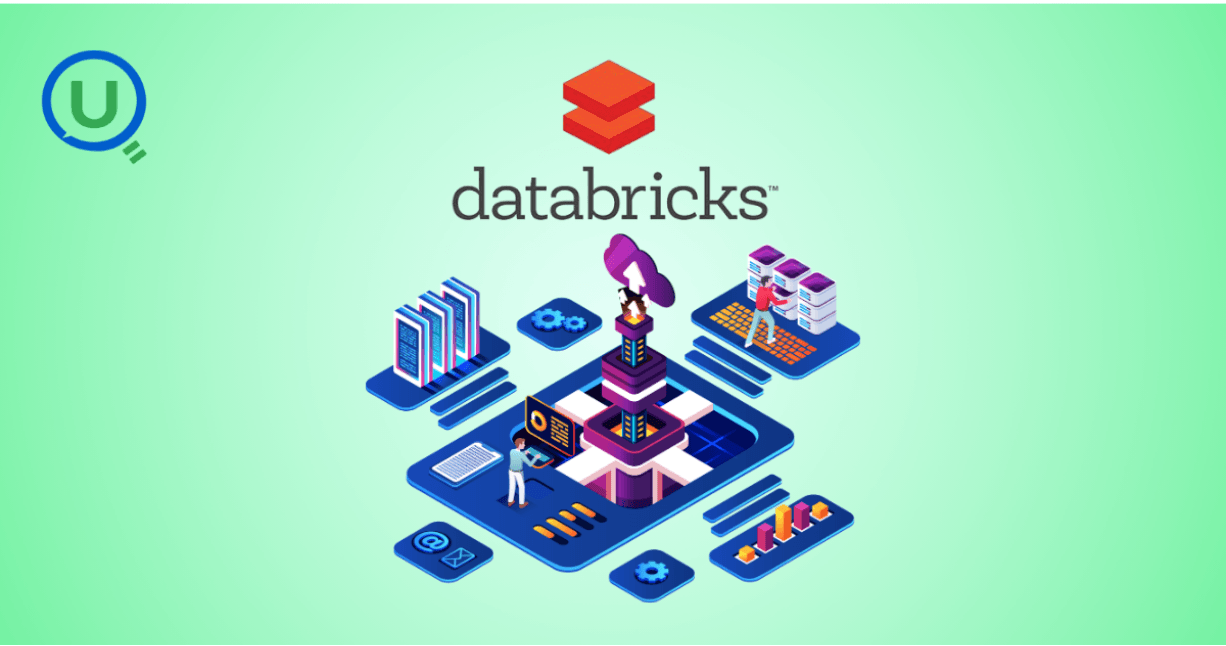
In today’s data-driven economy, raw data is flowing in from every direction—websites, mobile apps, customer interactions, IoT devices, and enterprise systems. But raw data is just that—raw. To make it usable, it needs to be processed, cleaned, and transformed into meaningful insights. This is where data engineers step in with the magic of data pipelines.
But here’s the big question: How can you optimize those pipelines to be faster, cheaper, and more reliable?
That’s where Azure Databricks for data engineers comes into the picture. Combining the scalability of Apache Spark with the reliability and flexibility of Microsoft Azure, Azure Databricks provides a powerful, unified platform to build high-performance data pipelines at scale.
If you’ve ever found yourself spending hours debugging a slow ETL job or writing endless glue code between tools, you’re not alone. Building modern data pipelines comes with challenges: high data volume, complex transformations, changing schemas, and tight deadlines.
So why is Azure Databricks for data engineers such a game-changer?
Fully managed Apache Spark: No need to worry about infrastructure or configuration.
Auto-scaling clusters: Automatically adjust resources based on workload size.
Seamless integration with Azure services like Data Lake Storage, Synapse Analytics, and Power BI.
Unified workspace: Collaborate with data scientists, analysts, and engineers in shared notebooks.
In short, Azure Databricks gives you a flexible, high-performance environment to build pipelines that are fast, reliable, and easy to manage.
Once you’ve chosen Azure Databricks for data engineers, the next step is making sure your data pipeline is working as smoothly and efficiently as possible. But what does “optimizing a data pipeline” really mean?
In simple terms, it means making sure your data flows from source to destination:
Quickly
Reliably
With minimum cost and effort
Let’s look at some easy-to-understand ways Azure Databricks helps you do this:
Think of Delta Lake as a smart assistant that keeps your data neat and trustworthy. If you're collecting daily reports, customer info, or sales data, Delta Lake makes sure the data is:
Complete (no missing or half-finished files)
Up-to-date (new data is added correctly)
Reversible (you can go back to an earlier version if something breaks)
This means your team doesn’t have to worry about errors sneaking into the system or wasting time fixing messy data.
You don’t need to be an expert in cloud computing to get great performance. Azure Databricks automatically adds more power (computing resources) when you need it and reduces it when you don’t. This is called auto-scaling.
It’s like ordering food at a restaurant—Azure Databricks brings more “chefs” when you have a big order, and fewer when things are quiet. The result? Faster results without paying more than you need to.
Have you ever tried finding a document in a huge, unorganized folder? That’s what it’s like for a system trying to process badly structured data.
Azure Databricks helps you organize your data in a way that makes it easier to find, access, and analyze. When your data is grouped and structured correctly, everything works faster—whether it's a dashboard report or a machine learning model.
This means shorter processing times, faster reports, and happier end users.
One of the best things about Azure Databricks is that it allows you to schedule and automate your data tasks. That means:
You can tell the system to run a job at a specific time (like every night at 2 AM).
You don’t need to manually press a button every day.
If something goes wrong, you’ll get alerts and can quickly find out why.
This automation helps you focus on more important tasks while the system takes care of routine work in the background.
One of the biggest strengths of Azure Databricks for data engineers is how easy it makes teamwork. In traditional systems, different team members use different tools, and it's hard to stay on the same page. But in Azure Databricks, your team can:
Share work in one place using collaborative notebooks
Leave comments, notes, and ideas directly in the workspace
Work in different languages (like SQL or Python) without switching platforms
This makes collaboration between data engineers, analysts, and data scientists faster and smoother. Everyone sees the same data, works in the same environment, and moves together toward the same goal. The result? Better teamwork and faster progress.
Let’s explore a few challenges many data engineers face, and how Azure Databricks addresses them:
“My ETL job fails randomly and I don’t know why.”
With Delta Lake and job monitoring features, you can track logs, set alerts, and easily identify failures.
“Data pipelines are too slow during peak hours.”
Auto-scaling clusters dynamically increase resources, keeping performance high even under pressure.
“I need to process both real-time and batch data.”
Azure Databricks supports structured streaming alongside batch processing using the same Delta Lake tables.
“Our team uses different languages and tools.”
Databricks supports Python, Scala, SQL, and R in a single notebook interface, making collaboration seamless.
When you leverage Azure Databricks for Data Engineers, you're not just speeding up your pipeline—you’re future-proofing your entire data infrastructure.
Modern data engineering is no longer just about moving data from point A to point B. It’s about building smart, scalable systems that can adapt to changing business needs, handle large volumes efficiently, and deliver clean data fast.
With tools like Azure Databricks for Data Engineers, the possibilities are endless. From Delta Lake’s ACID transactions to auto-scaling clusters and workflow automation, Azure Databricks offers a unified, powerful environment for building production-grade data pipelines.
But getting started or optimizing your existing setup can be overwhelming—especially if you're working with legacy systems or limited cloud experience. That’s where a trusted partner like Enqurious can help. Whether you’re building from scratch or improving existing workflows, Enqurious offers expert guidance, hands-on support, and scalable solutions tailored to your data engineering needs. With the right tools and the right partner, your data pipeline can become a true engine of growth and innovation.

Discover the top 10 data pipeline tools every data engineer should know in 2025. From Airflow to Fivetran, learn how each tool powers modern data workflows, supports real-time analytics, and scales across cloud ecosystems.
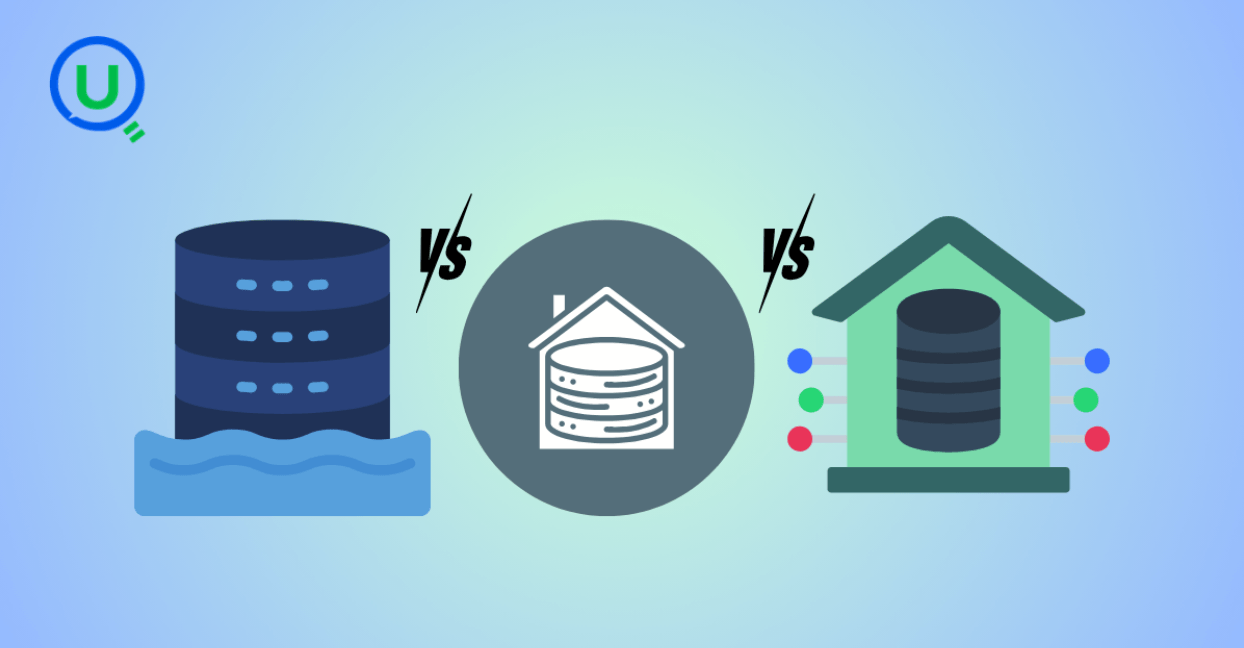
Confused between a data lake, data warehouse, and data mart? Discover key differences, real-world use cases, and when to use each architecture. Learn how to build a modern, layered data strategy for scalability, governance, and business insights.

Explore what syntax means in the world of data and AI—from SQL and Python to JSON and APIs. Learn why syntax matters, common errors, real-world examples, and essential best practices for data engineers, analysts, and AI developers in 2025.
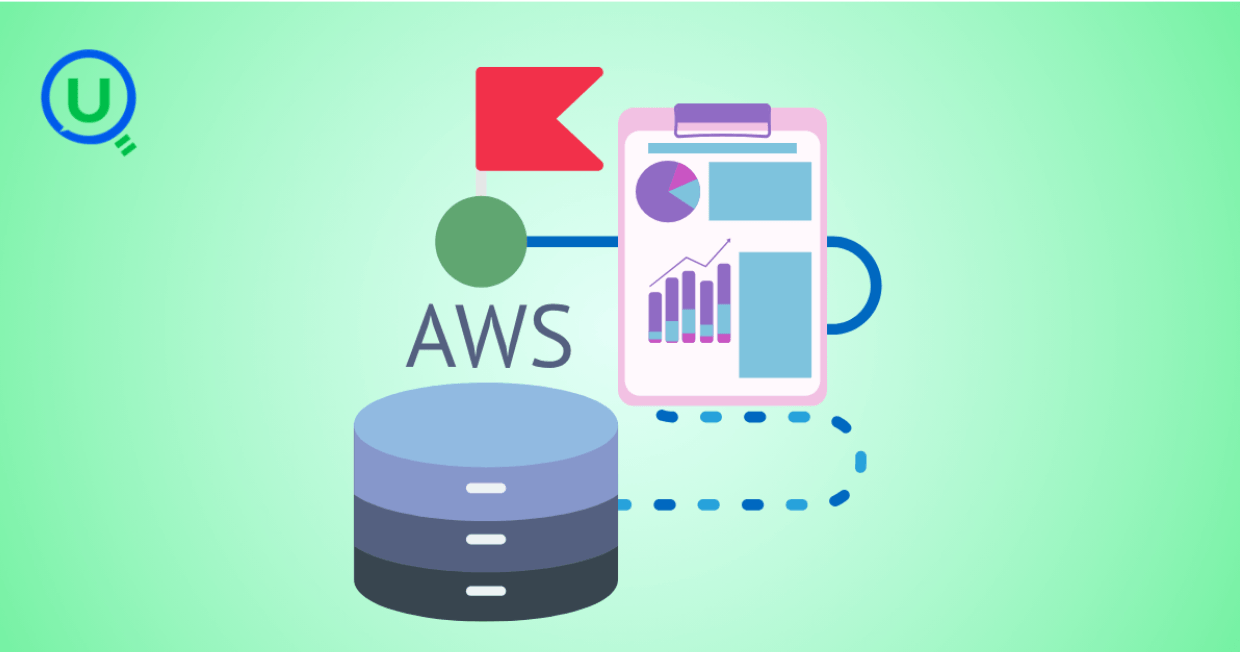
Discover how AWS Data Pipeline helps automate data movement and transformation across AWS services like S3, Redshift, and EMR. Learn its key features, benefits, limitations, and how it compares to modern tools like AWS Glue and MWAA.

Learn how to build scalable and secure data pipeline architectures in 2024 with best practices, modern tools, and intelligent design. Explore key pillars like scalability, security, observability, and metadata tracking to create efficient and future-proof data workflows.

Explore the key differences between ETL and ELT data integration methods in this comprehensive guide. Learn when to choose each approach, their use cases, and how to implement them for efficient data pipelines, real-time analytics, and scalable solutions.
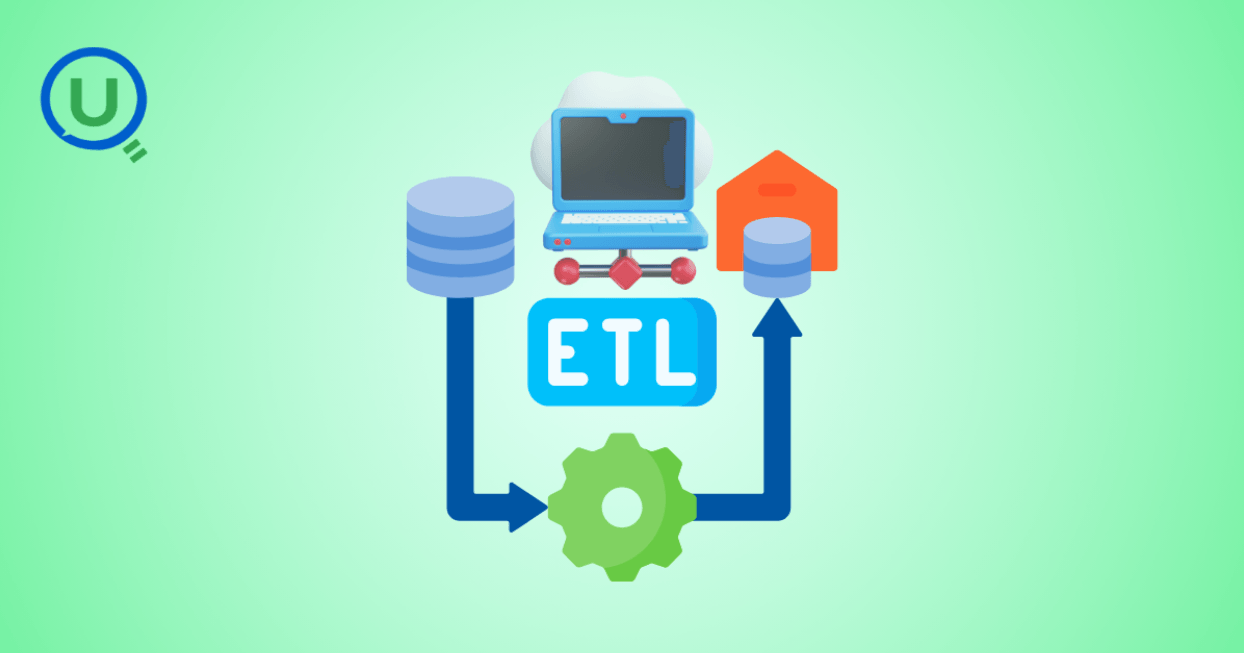
Learn the essential role of ETL (Extract, Transform, Load) in data engineering. Understand the three phases of ETL, its benefits, and how to implement effective ETL pipelines using modern tools and strategies for better decision-making, scalability, and data quality.
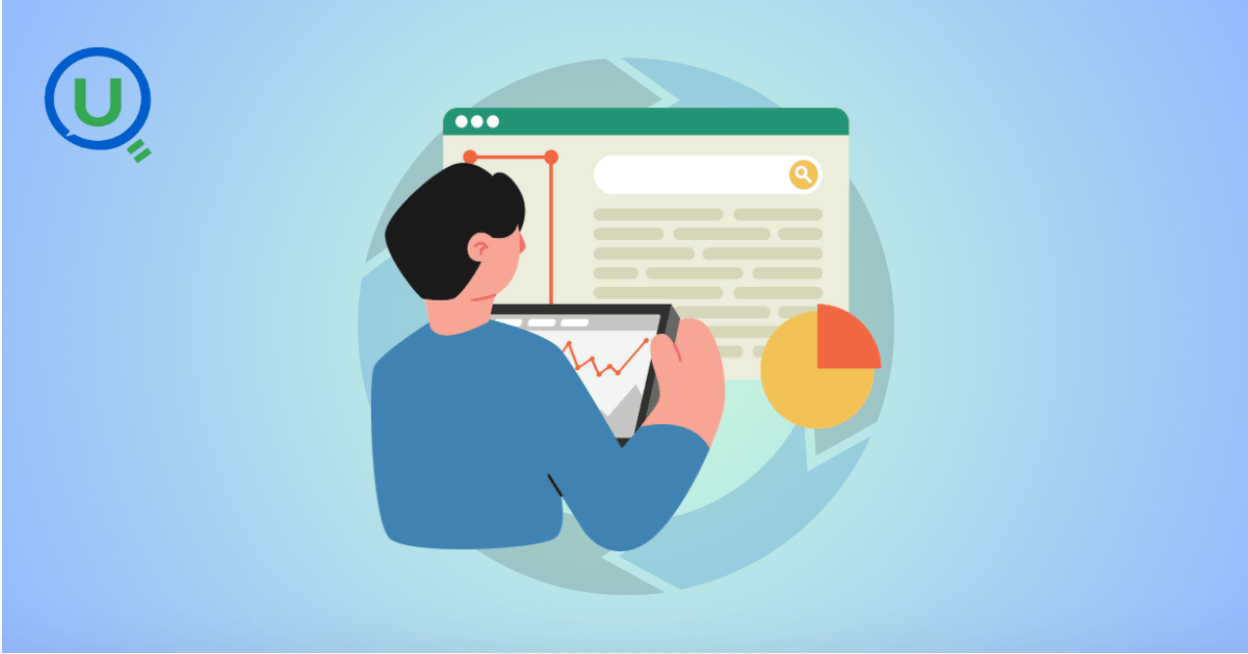
Discover why data orchestration and analysis are essential for modern data systems. Learn how automation tools streamline data workflows, boost insights, and scale with your business
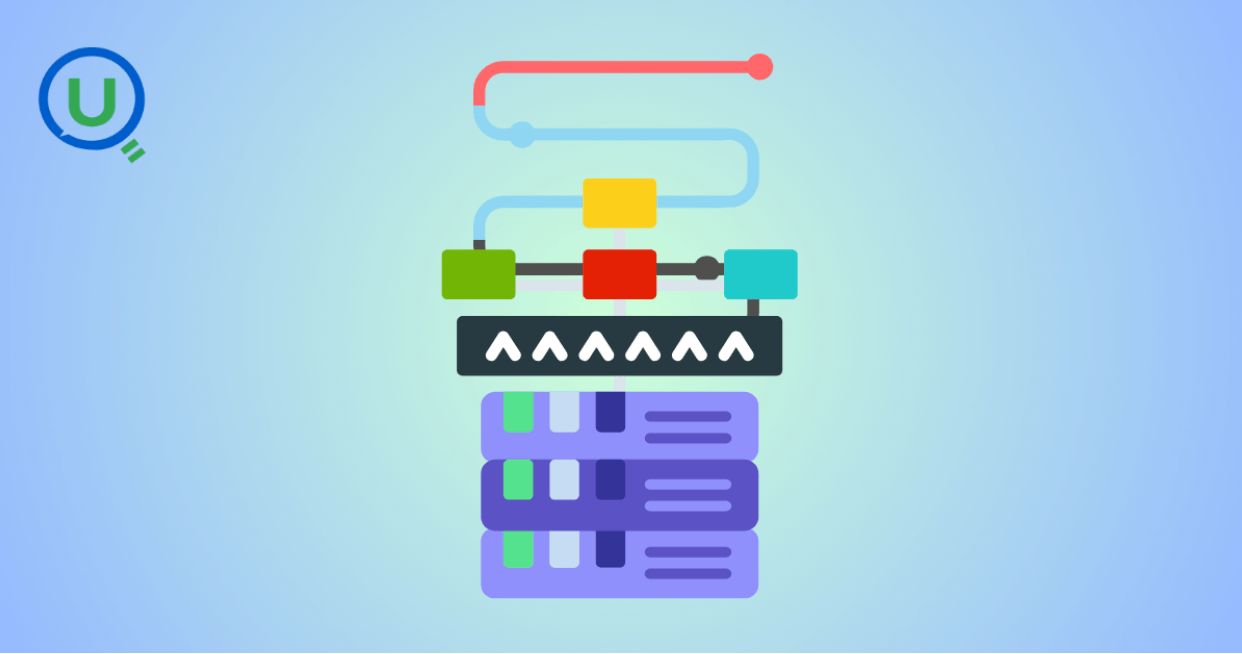
Learn what a data ingestion pipeline is, why it's vital for modern analytics, and how to design scalable, real-time pipelines to power your data systems effectively.

Discover the top 15 data warehouse tools for scalable data management in 2024. Learn how to choose the right platform for analytics, performance, and cost-efficiency.
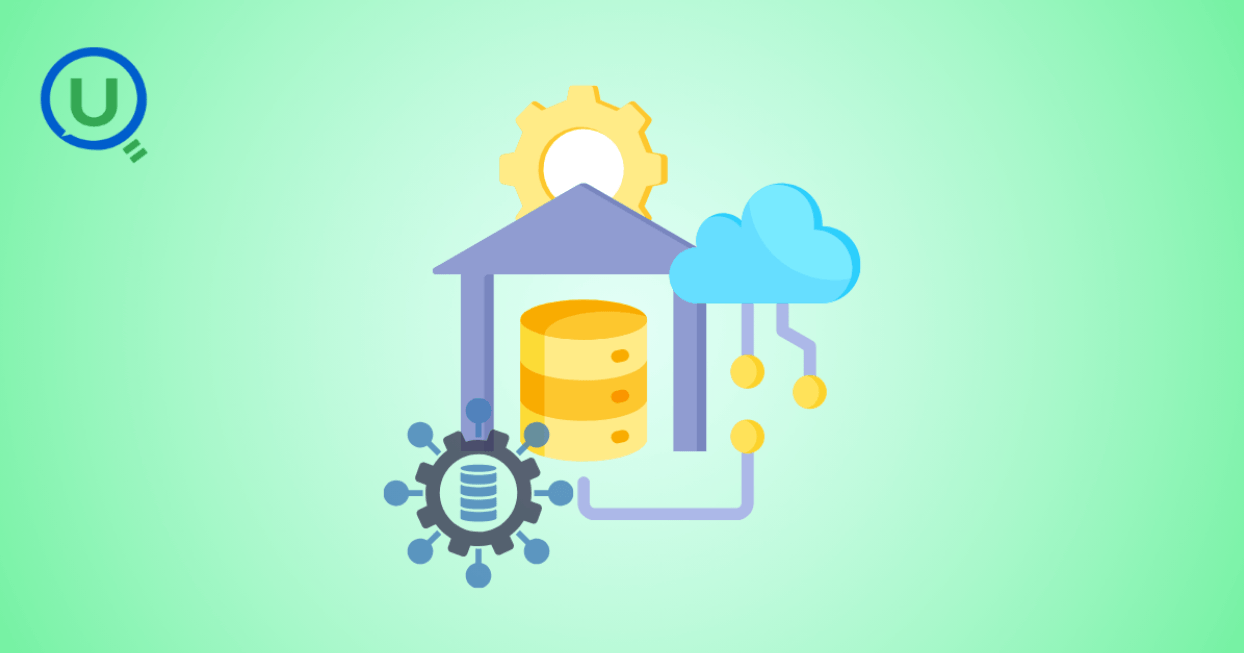
Confused between a data mart and a data warehouse? Learn the key differences, use cases, and how to choose the right data architecture for your business. Explore best practices, real-world examples, and expert insights from Enqurious.
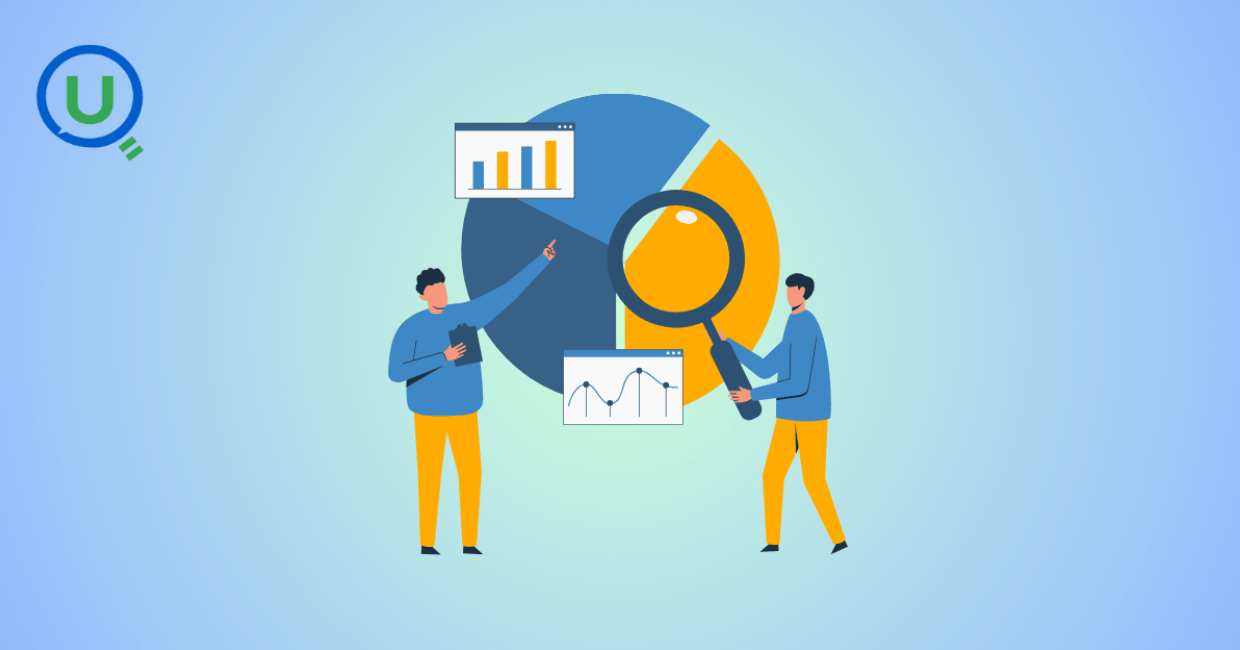
Discover the top 10 predictive analytics tools to know in 2025—from SAS and Google Vertex AI to RapidMiner and H2O.ai. Learn why predictive analytics is essential for modern businesses and how to choose the right tool for your data strategy.

Explore the key differences between descriptive and predictive analytics, and learn how both can drive smarter decision-making. Discover how these analytics complement each other to enhance business strategies and improve outcomes in 2025 and beyond.
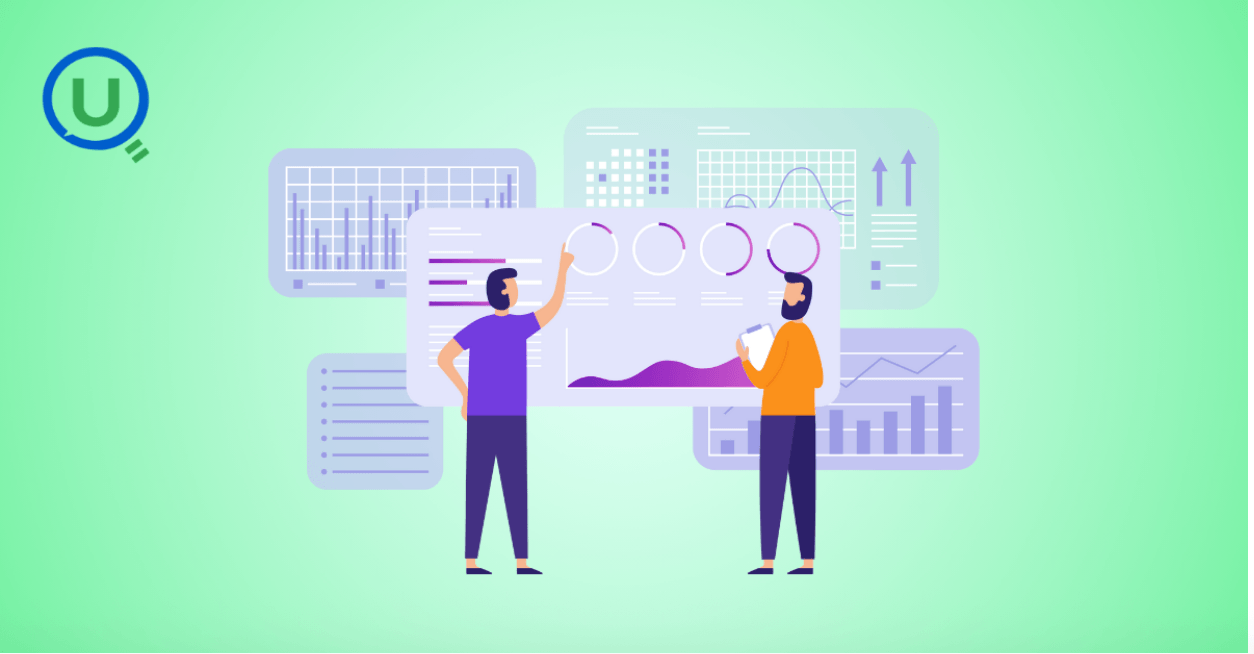
Explore the key differences between predictive and prescriptive analytics, and learn how both can drive smarter decisions, enhance agility, and improve business outcomes. Discover real-world applications and why mastering both analytics approaches is essential for success in 2025 and beyond.
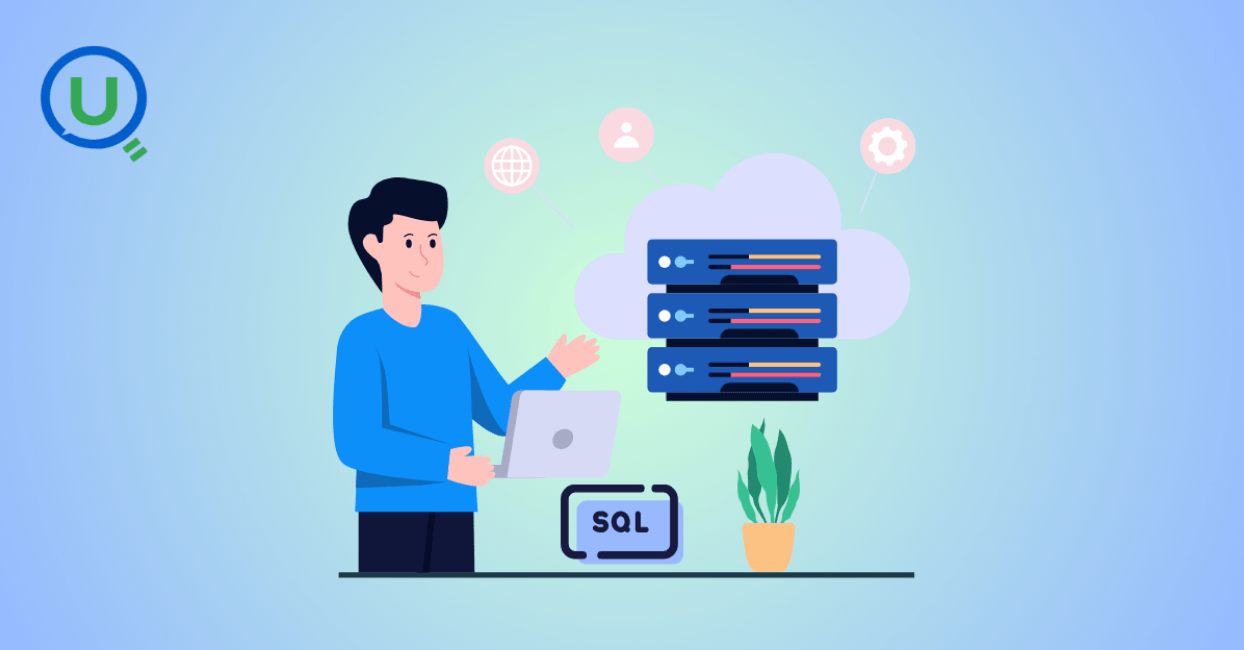
Compare PostgreSQL vs SQL Server in this comprehensive guide. Learn the key differences, strengths, and use cases to help you choose the right database for your business needs, from cost to performance and security.
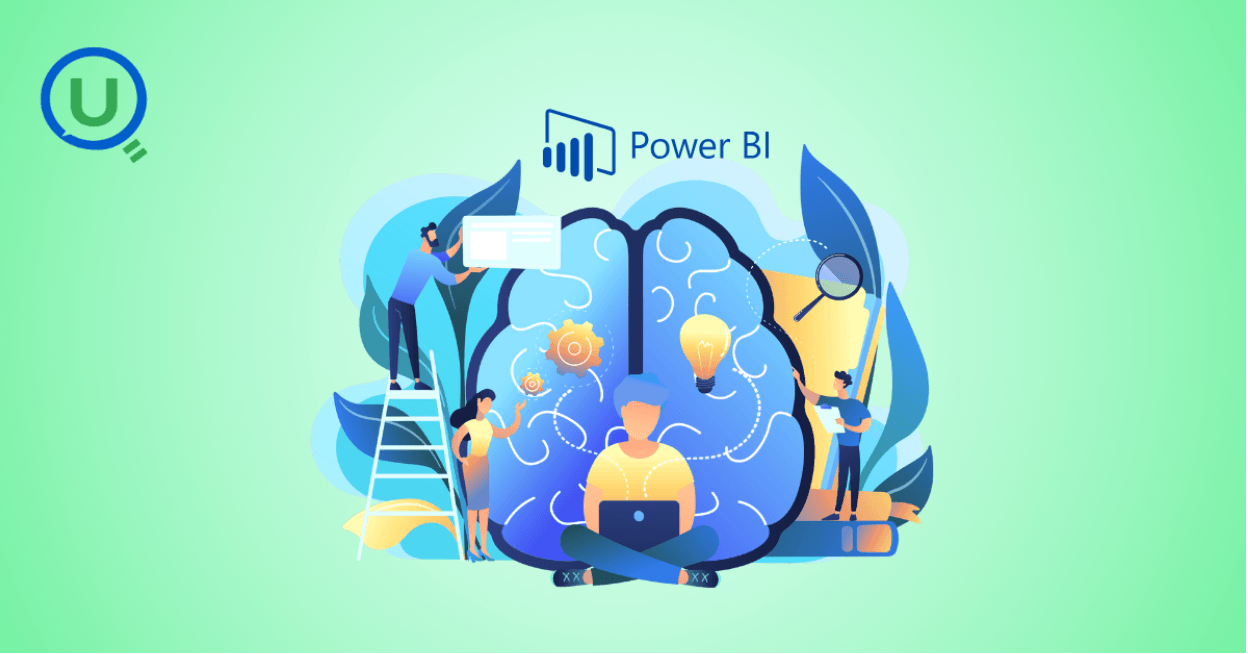
Learn what Power BI is and how it works in this beginner's guide. Discover its key features, components, benefits, and real-world applications, and how it empowers businesses to make data-driven decisions.

Explore what a Business Intelligence Engineer does—from building data pipelines to crafting dashboards. Learn key responsibilities, tools, and why this role is vital in a data-driven organization.
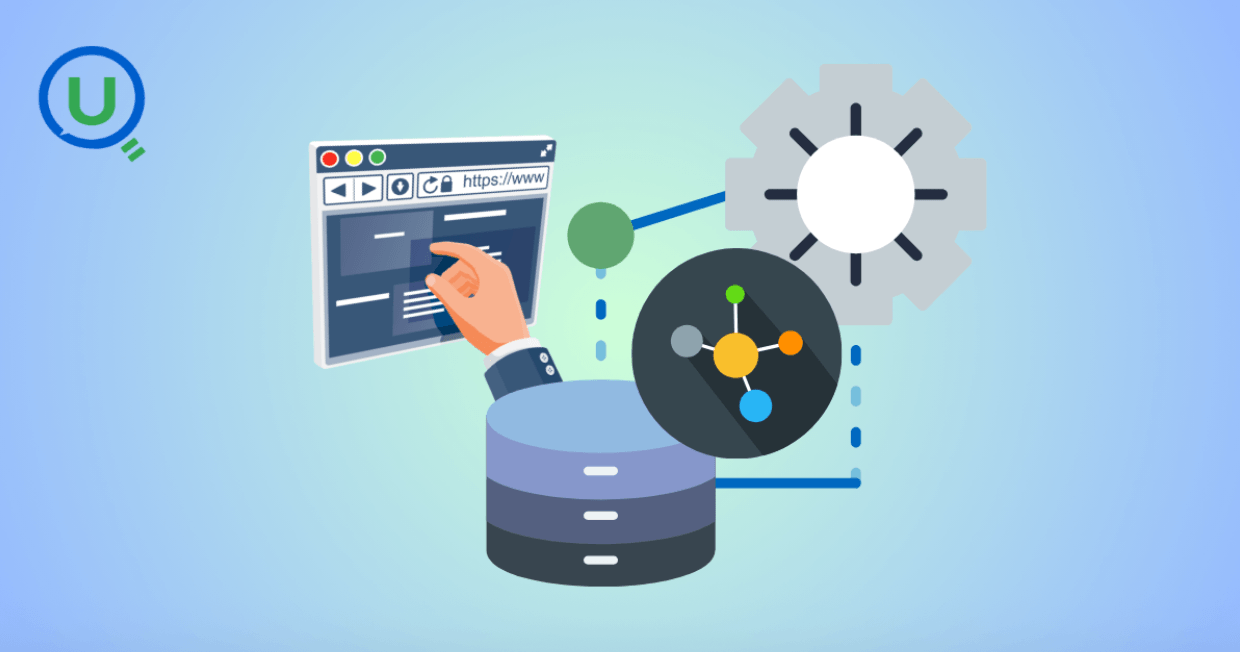
Discover why data lineage is essential in today’s complex data ecosystems. Learn how it boosts trust, compliance, and decision-making — and how Enqurious helps you trace, govern, and optimize your data journeys.
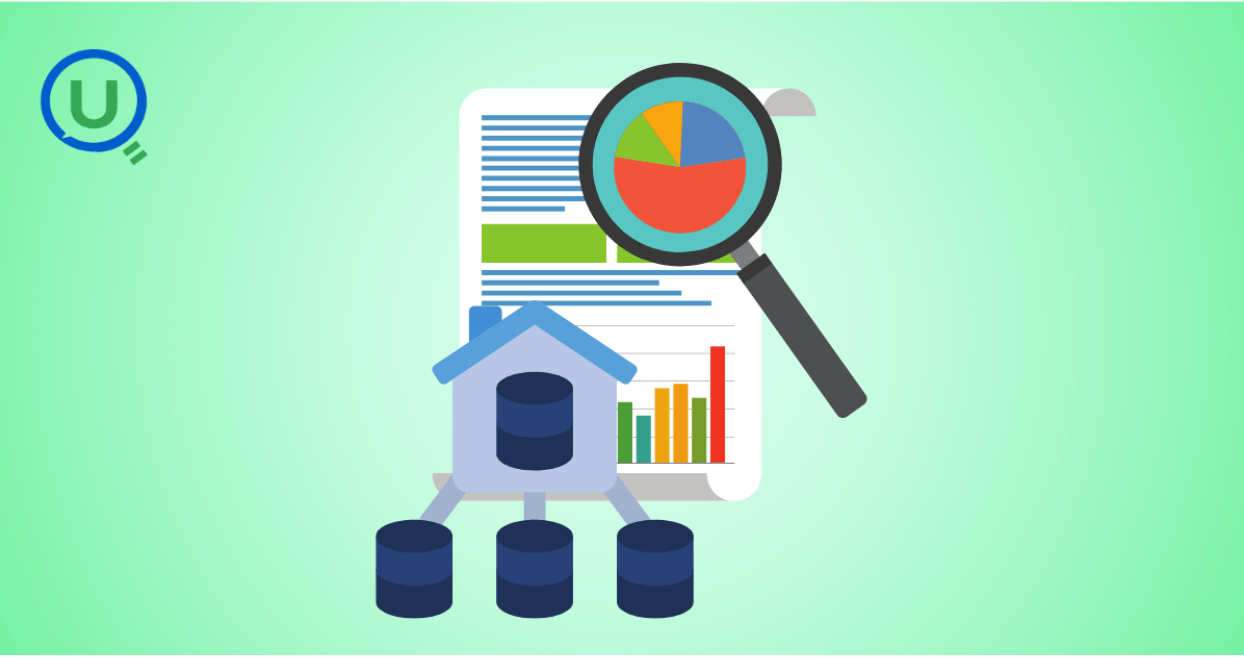
Learn what a data mart is, its types, and key benefits. Discover how data marts empower departments with faster, targeted data access for improved decision-making, and how they differ from data warehouses and data lakes.

Master data strategy: Understand data mart vs data warehouse key differences, benefits, and use cases in business intelligence. Enqurious boosts your Data+AI team's potential with data-driven upskilling.
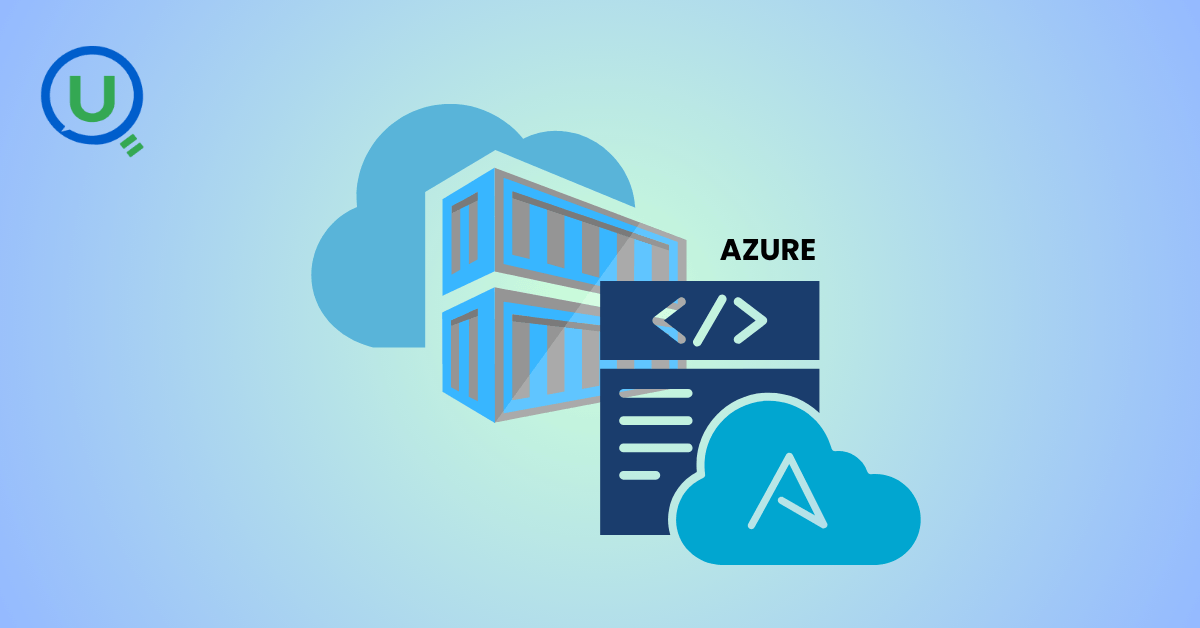
Learn what Azure Data Factory (ADF) is, how it works, and why it’s essential for modern data integration, AI, and analytics. This complete guide covers ADF’s features, real-world use cases, and how it empowers businesses to streamline data pipelines. Start your journey with Azure Data Factory today!
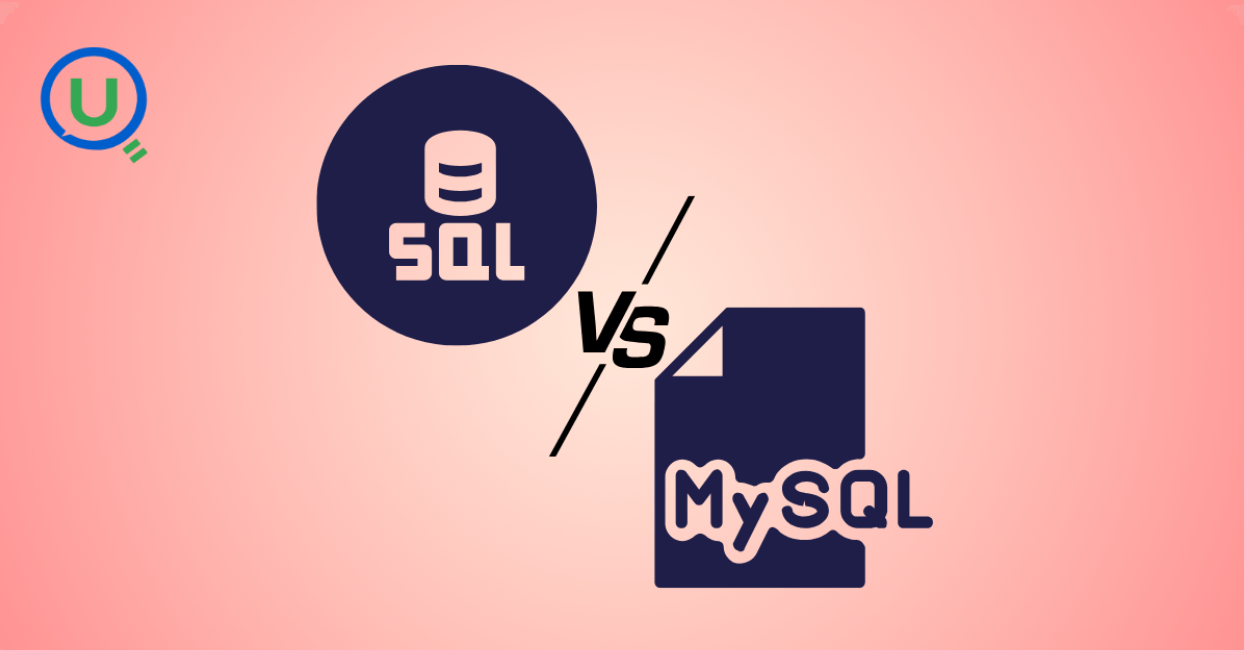
Discover the key differences between SQL and MySQL in this comprehensive guide. Learn about their purpose, usage, compatibility, and how they work together to manage data. Start your journey with SQL and MySQL today with expert-led guidance from Enqurious!
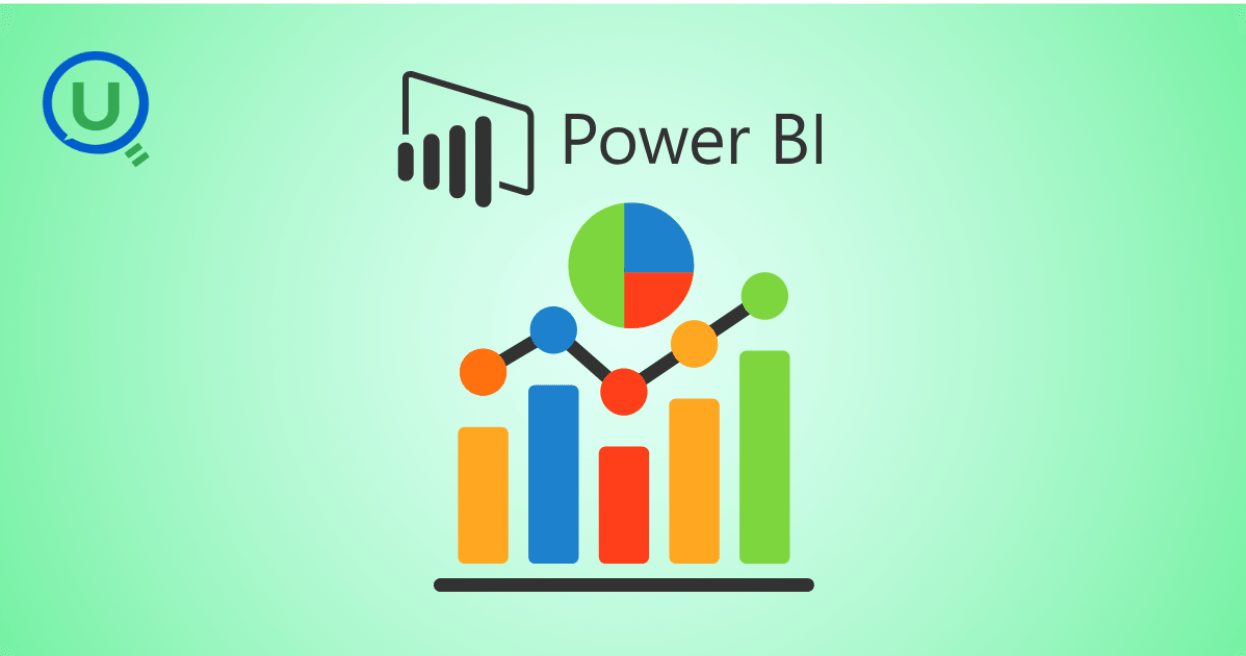
Learn Power BI from scratch in 2025 with this step-by-step guide. Explore resources, tips, and common mistakes to avoid as you master data visualization, DAX, and dashboard creation. Start your learning journey today with Enqurious and gain hands-on training from experts!
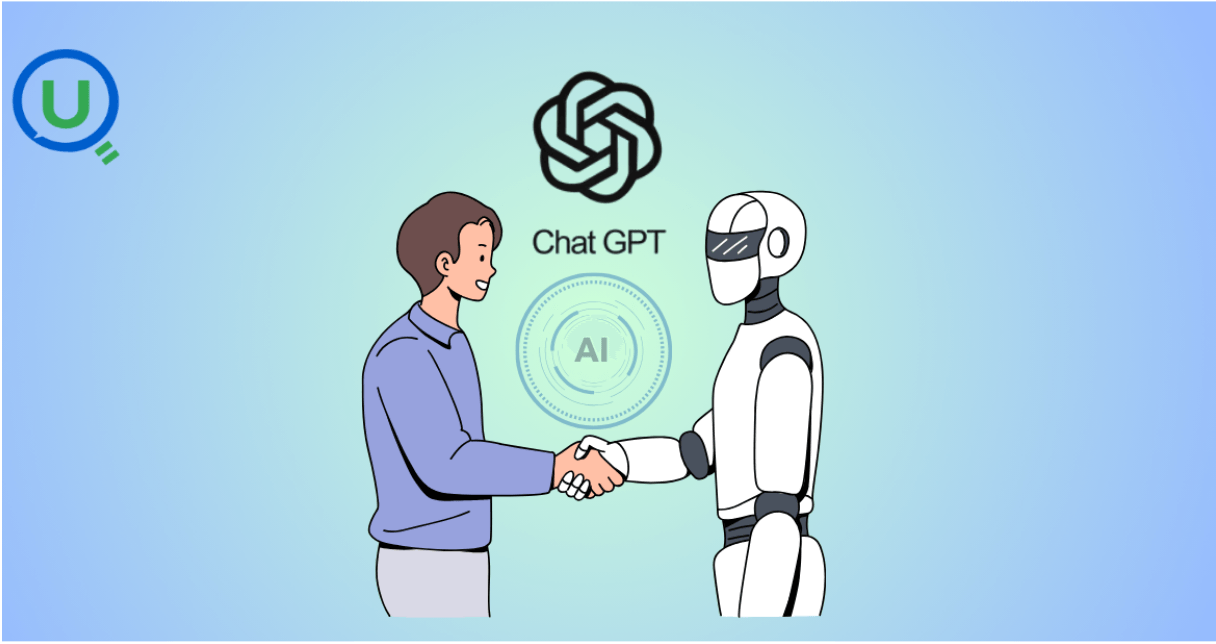
AI tools like ChatGPT are transforming clinical data management by automating data entry, enabling natural language queries, detecting errors, and simplifying regulatory compliance. Learn how AI is enhancing efficiency, accuracy, and security in healthcare data handling.
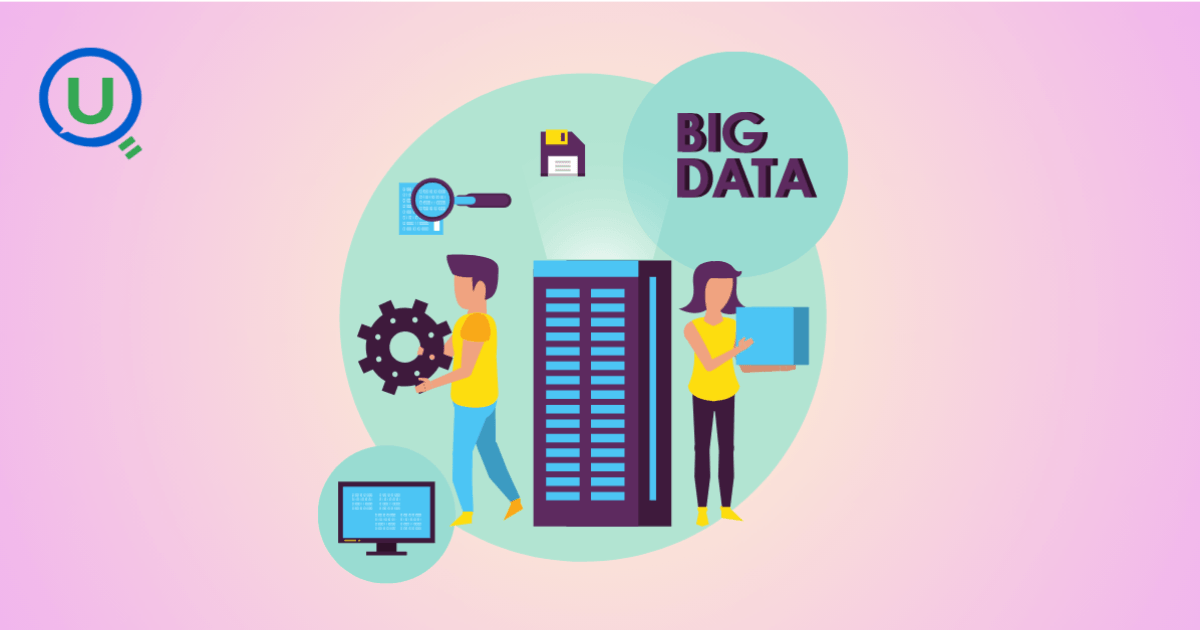
Big Data refers to large, complex data sets generated at high speed from various sources. It plays a crucial role in business, healthcare, finance, education, and more, enabling better decision-making, predictive analytics, and innovation.

Discover the power of prompt engineering and how it enhances AI interactions. Learn the key principles, real-world use cases, and best practices for crafting effective prompts to get accurate, creative, and tailored results from AI tools like ChatGPT, Google Gemini, and Claude.

Learn what a Logical Data Model (LDM) is, its key components, and why it’s essential for effective database design. Explore how an LDM helps businesses align data needs with IT implementation, reducing errors and improving scalability.
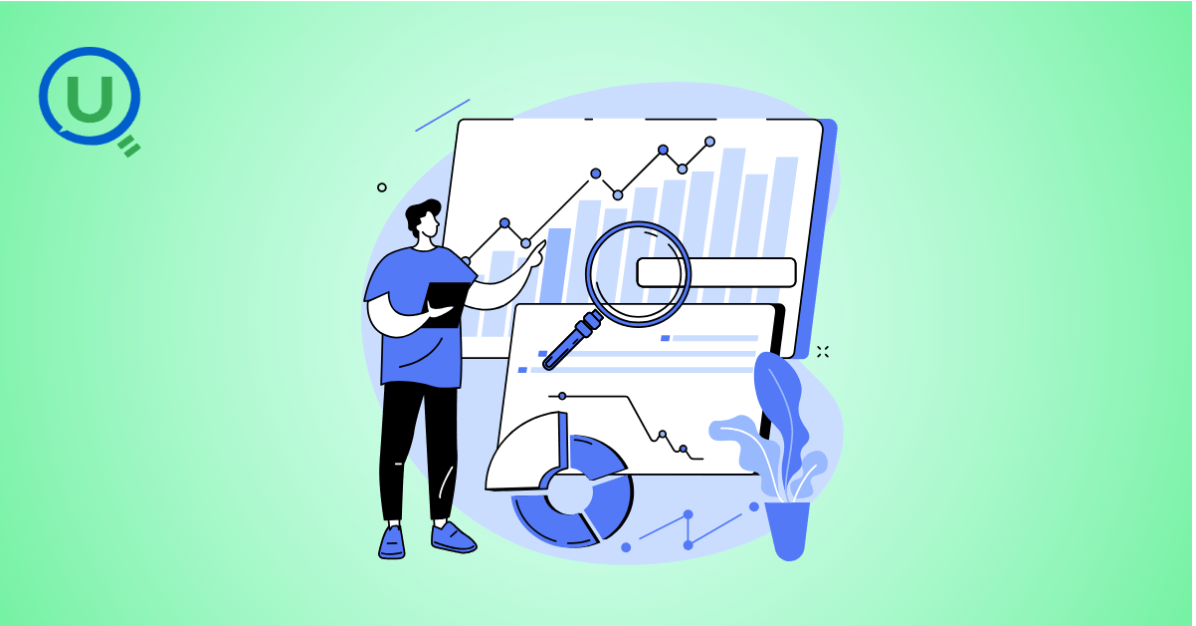
Discover the power of a Canonical Data Model (CDM) for businesses facing complex data integration challenges. Learn how CDM simplifies communication between systems, improves data consistency, reduces development costs, and enhances scalability for better decision-making.

Discover the 10 essential benefits of Engineering Data Management (EDM) and how it helps businesses streamline workflows, improve collaboration, ensure security, and make smarter decisions with technical data.

Explore how vibe coding is transforming programming by blending creativity, collaboration, and technology to create a more enjoyable, productive, and human-centered coding experience.
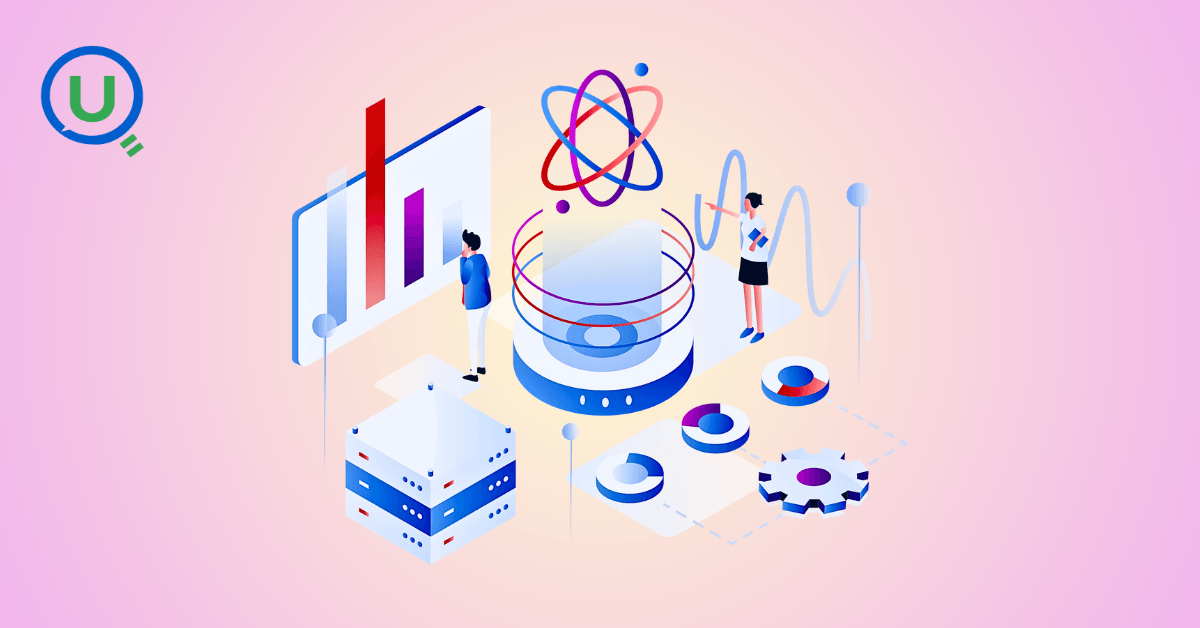
Explore the top 10 data science trends to watch out for in 2025. From generative AI to automated machine learning, discover how these advancements are shaping the future of data science and transforming industries worldwide.

Discover the key differences between data scientists and data engineers, their roles, responsibilities, and tools. Learn how Enqurious helps you build skills in both fields with hands-on, industry-relevant learning.
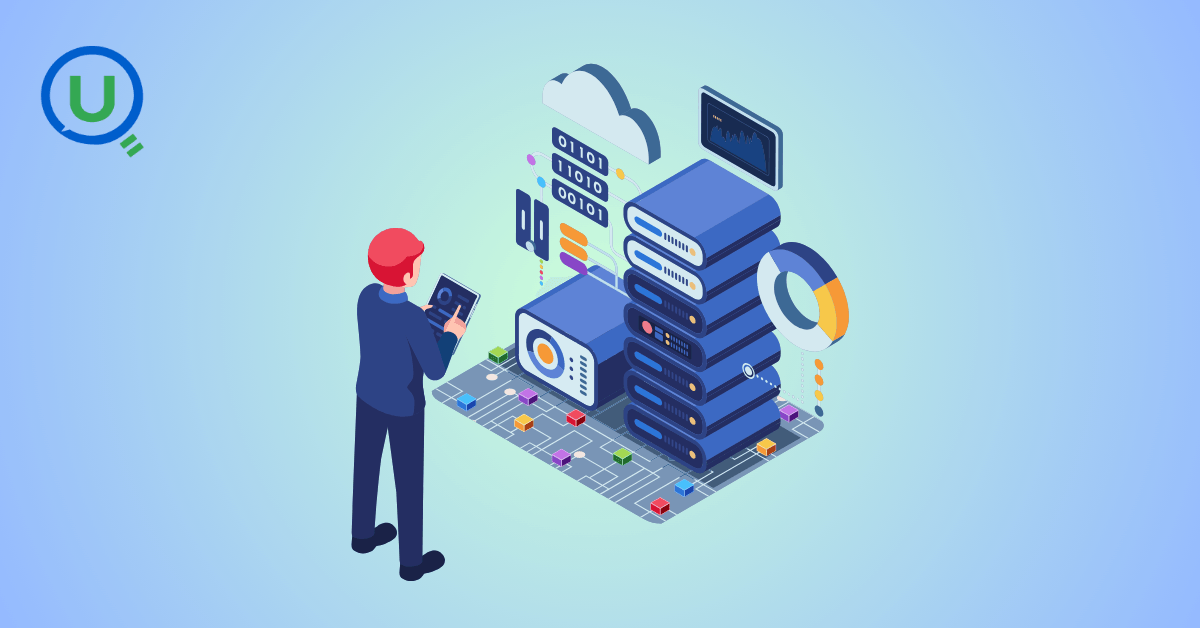
Discover the 9 essential steps to effective engineering data management. Learn how to streamline workflows, improve collaboration, and ensure data integrity across engineering teams.
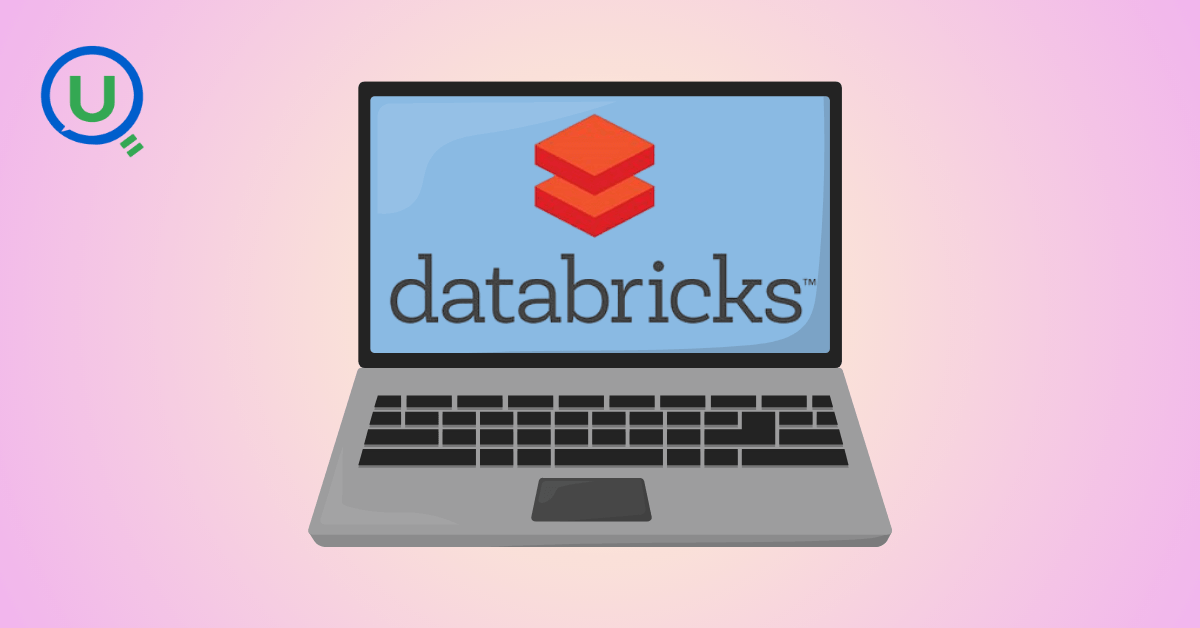
Azure Databricks is a cloud-based data analytics platform that combines the power of Apache Spark with the scalability, security, and ease of use offered by Microsoft Azure. It provides a unified workspace where data engineers, data scientists, analysts, and business users can collaborate.

In today's data-driven world, knowing how to make sense of information is a crucial skill. We’re surrounded by test scores, app usage stats, survey responses, and sales figures — and all this raw data on its own isn’t helpful.

In this blog, we will discuss some of the fundamental differences between AI inference vs. training—one that is, by design, artificially intelligent.
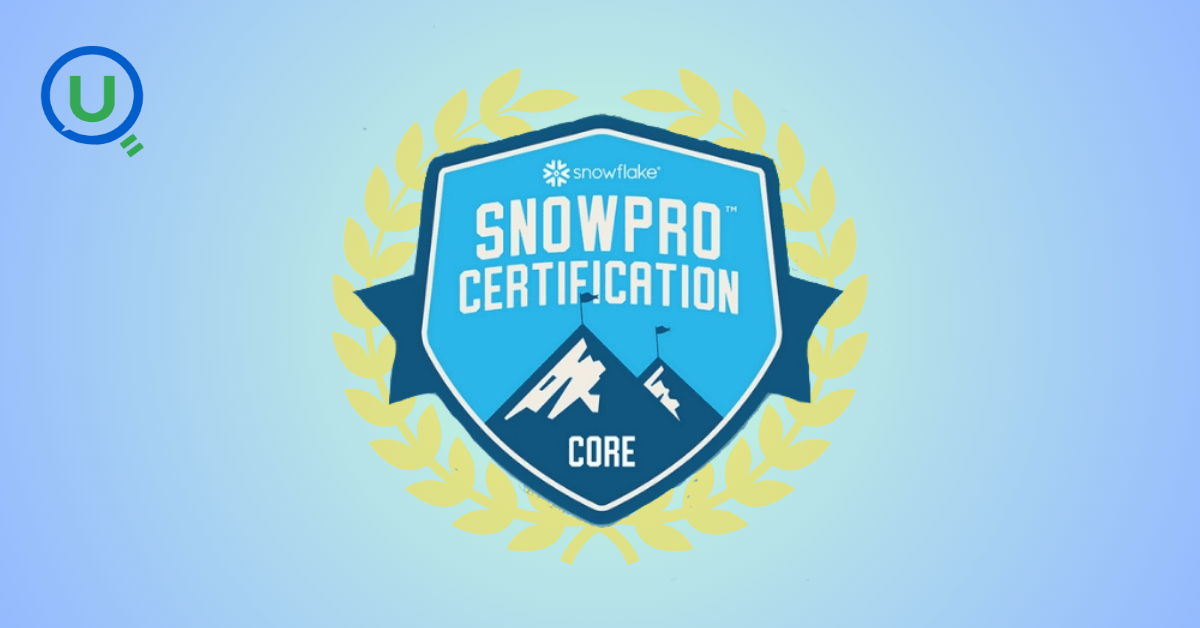
This guide provides a clear, actionable roadmap to help you avoid common pitfalls and successfully earn your SnowPro Core Certification, whether you’re making a career pivot or leveling up in your current role.

"Ever had one of those days when you’re standing in line at a store, waiting for a sales assistant to help you find a product?" In this blog we will get to know about -What is RAG, different types of RAG Architectures and pros and cons for each RAG.
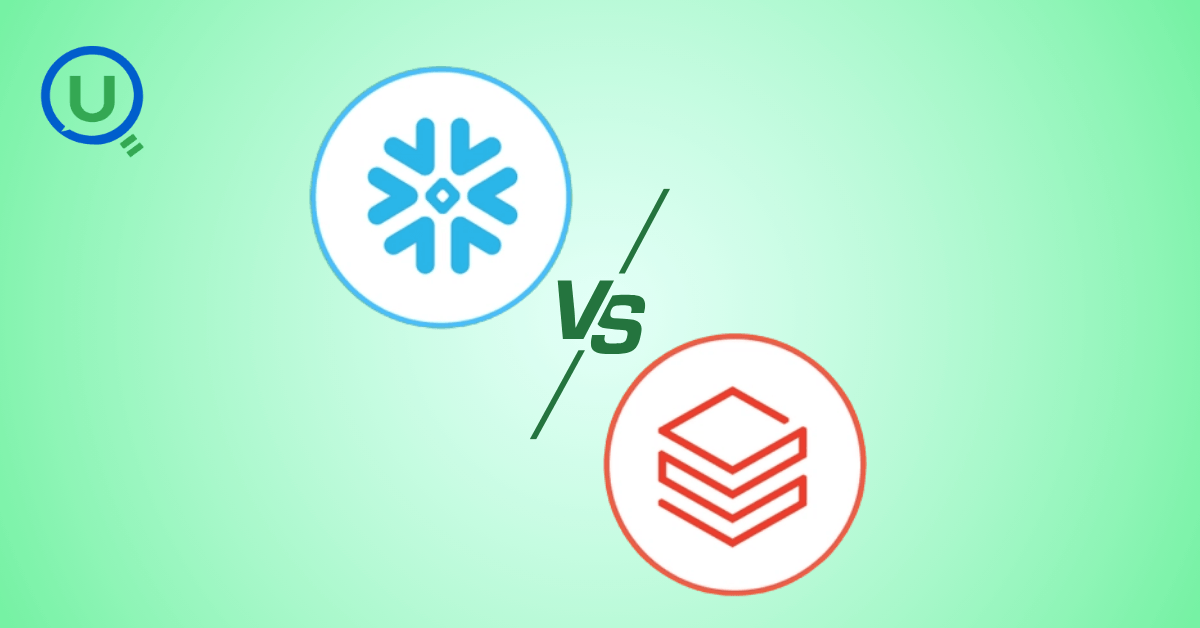
Discover how Databricks and Snowflake together empower businesses by uniting big data, AI, and analytics excellence
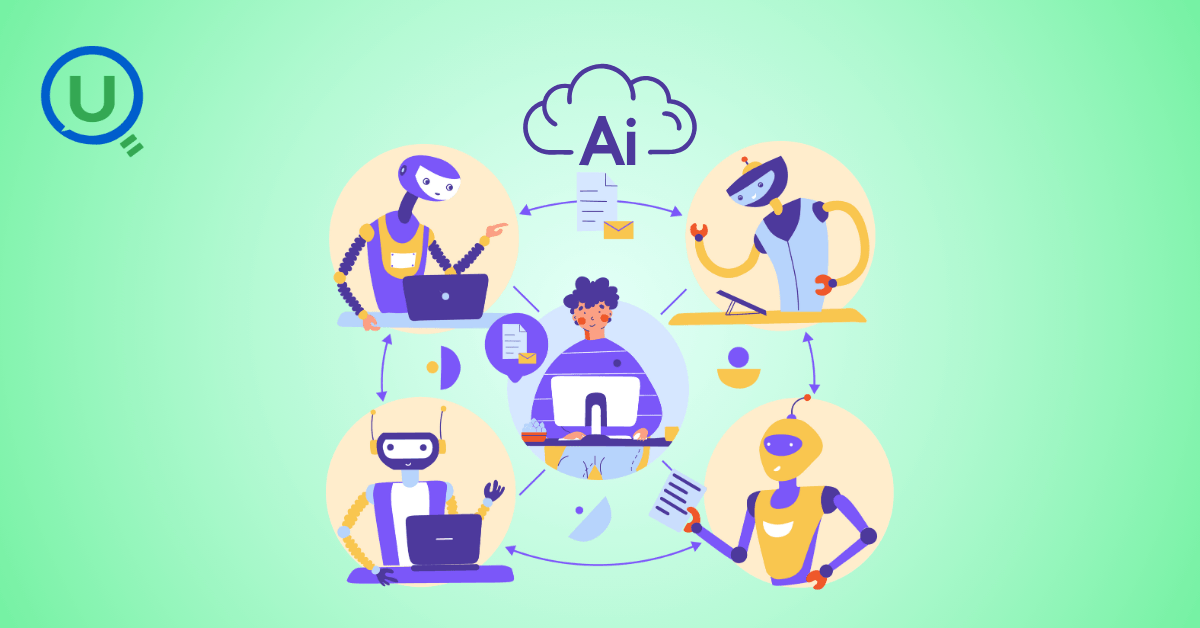
How do major retailers like Walmart handle thousands of customer queries in real time without breaking a sweat? From answering questions instantly to providing personalized shopping recommendations, conversational AI reshapes how retailers interact with their customers.